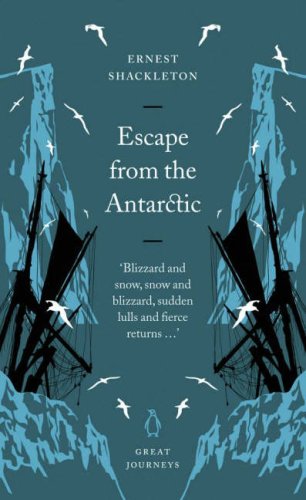Horror and History in A Pale View of Hills
 | |
| Goto island by Masoud Akbari [CC BY-SA 3.0] |
One day, Etsuko's quiet life is interrupted by a visit from her daughter Niki, who, though being independent and somewhat secretive, has taken time off from her London life to come visit her. This visit prompts disturbing memories in Etsuko, from the recent suicide of her older daughter Keiko, whom she is still grieving, to her own life back in Nagasaki, Japan.
As a young, pregnant mother and married to her first husband, Jiro, Etsuko's earlier life had been a witness to sweeping changes in Japanese society, as well as to the physical and cultural presence of the Americans, post WWII. Most troubling of all, however, is her recollection of her friendship with Sachiko, a confident, middle-aged woman who had moved in to a nearby cottage. Sachiko had a little daughter named Mariko, who suffered trauma from the bombings of Tokyo and other scenes of the war. No matter how much Etsuko tried to help Mariko, it seemed her mother had wished to brush it all aside.
Through her memories, Etsuko begins to have recurring dreams about the child, while attempting to find answers that will bring closure to her past acquaintance with her mysterious neighbors.
I was eager to read Kazuo Ishiguro's first novel, but I did not realize when I picked it up that it's a ghost story. I'm fairly squeamish and tend to shy away from creepy books - the last one I read was Gilman's "The Yellow Wallpaper," and that was enough for a long while. It's as well I didn't know, because, while A Pale View of Hills (1982) is absolutely terrifying, it is so excellently written and evocative that I'm glad I read it.
As historical fiction, the book succeeds largely in its portrayal of emotional scars, both in terms of personal life and historic events. The theme of societal changes present in An Artist of the Floating World (1986) is debuted here: women's right to vote, legalization of the Japanese Communist Party, parent-child relationships, and American influence are some of the trends which, to the older generation, seemed radical. The dark legacy of the atomic bomb is present, though in the background. Overall, the historical elements serve to support the characters, rather than vice-versa. With this subtle approach, Ishiguro sets up his novel to perhaps age better than other historical fiction, including his better-known novel, The Remains of the Day (1989), in which history may, at times, overwhelm the life of Stevens the butler.
In terms of personal impact, I feel this book is nearly up there with Till We Have Faces. Ishiguro's fine balance of frank, polite prose and cryptic omissions make this a story where reading between the lines renders volumes of meaning, even though the book itself is scarcely novel length. And even though I knew, from reading another review, that there was a big twist coming towards the end, the actual conclusion of the story caught me off-guard.
This is a strange, haunting tale which has the capacity to frighten you, but also to make you want to weep. The touch of realism that permeates the plot makes it seem to be more than fiction: it's disturbing, but somehow believable. I talked more about A Pale View of Hills in my latest podcast episode (spoiler free), as a potential contender for the next generation of classics. I am sure I shall read it again.



Comments